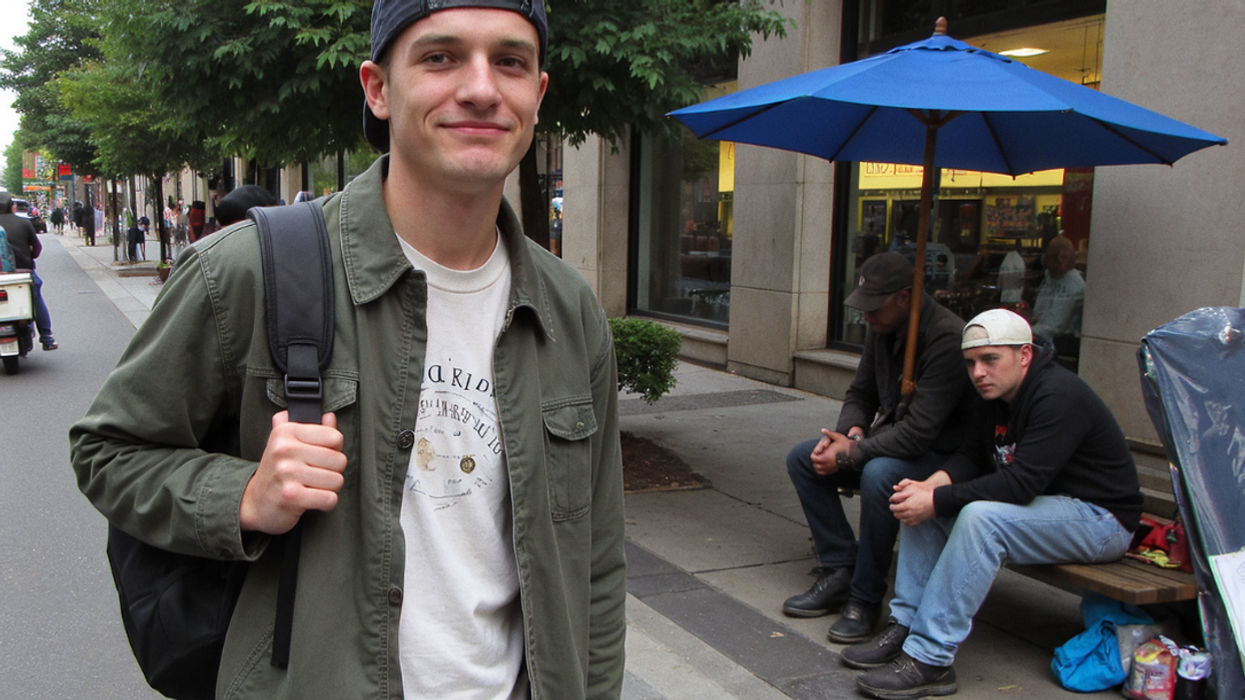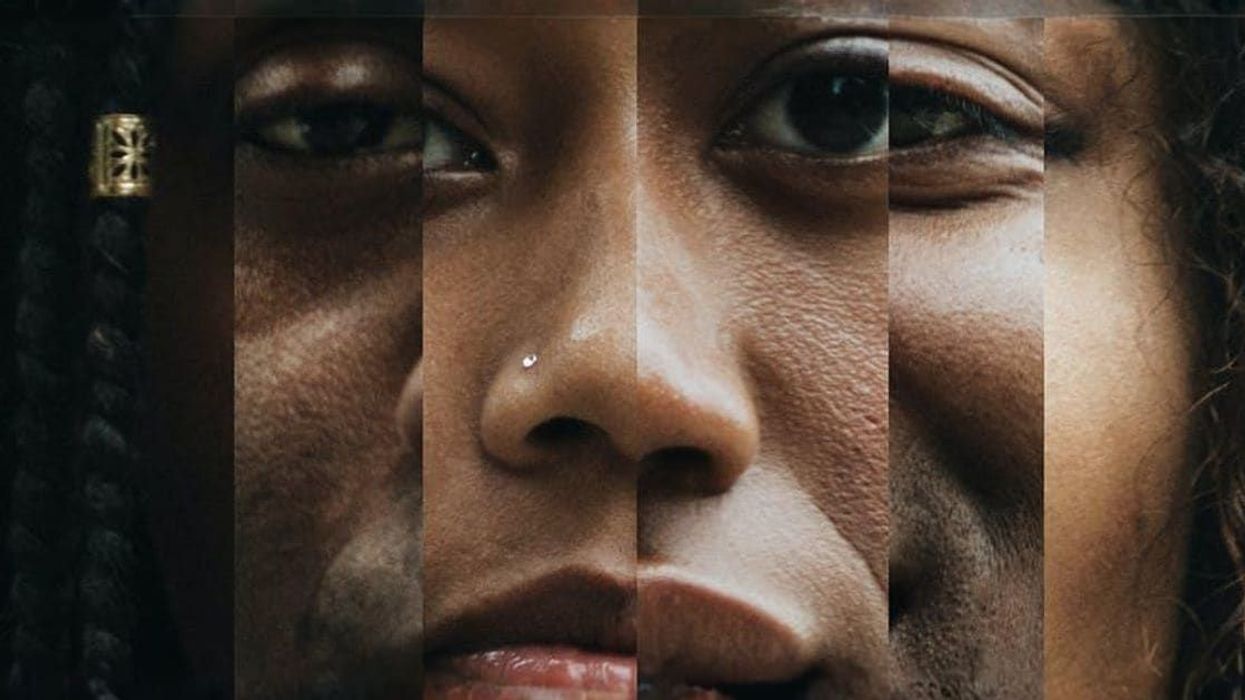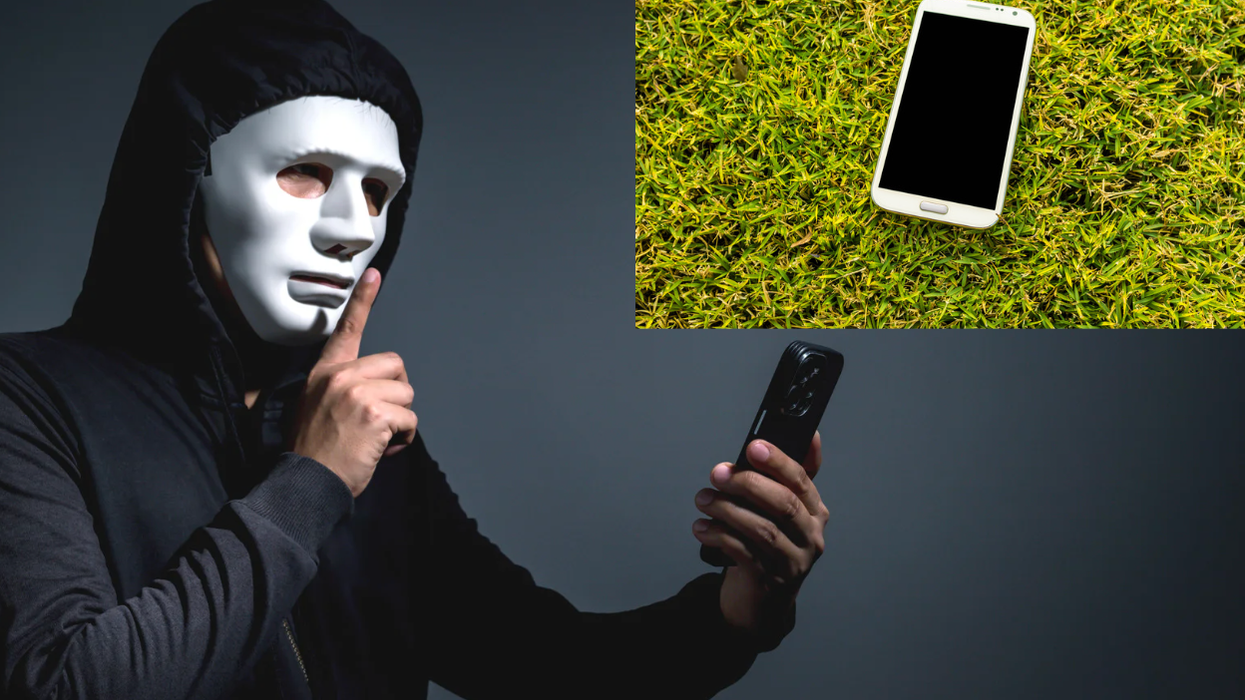Barbie has proven a controversial figure since her shapely beginnings in 1959, but as time and different civil rights movements have marched forward, Barbie’s image has morphed to include various races and cultures. Now, she’s going bald for a good cause.
Mattel, the makers of Barbie, announced last month that a hairless "friend of Barbie" will "be distributed exclusively to children’s hospitals and other hospitals treating children with cancer throughout the U.S. and Canada, directly reaching girls who are most affected by hair loss." The decision came after a Facebook group called "Beautiful and Bald Barbie! Let’s see if we can get it made" scored thousands of "likes" within hours of its creation.
Beckie Sypin, co-founder of the cause, has a 12-year-old daughter who lost all of her hair after chemotherapy treatment. Syprin told ABC News that "the hope [of the campaign] is that a bald Barbie will help children with cancer and others who have lost their hair due to illness—such as alopecia and trichotillomania—cope with their conditions." Photographer and co-founder Jane Bingham also lost her hair during treatment for non-Hodgkin’s lymphoma. "One of the major reasons [we started the campaign] was to reduce the stigma for women and children who have hair loss—being not accepted to be able to go out in public without something covering their head, whether it be a wig or a scarf or that sort of thing," Bingham told NPR’s All Things Considered. "Their beauty and their self-worth is not dependent upon their hair."
Mattel had previously made a one-of-a-kind bald doll for a girl going through chemotherapy in New York City. But when Sypin’s campaign suggested they make a bald doll for commercial sale, Mattel initially told her they did not accept ideas from outside sources, Sypin says. A few months later, they changed their minds: Now the limited-edition hairless dolls—which will come with accessories like hats and scarves—will be passed out at hospitals in 2013 and donated to the National Alopecia Areata Foundation. Bingham is lobbying Mattel to sell the doll in stores.
The Facebook page has 158,000 "likes" and shows no signs of slowing down. Offshoots have sprouted from the original campaign, including the "Bald G.I. Joe Movement" for young boys with hair loss. In February, rival toy company MGA Entertainment announced it would produce a hairless line of "Bratz" and "Moxie Girlz" dolls called "True Hope" (see above) for Toys 'R Us. For every doll purchased, MGA will donate $1 to cancer research at City of Hope cancer center in Duarte, Calif. Since childhood toys teach societal norms just as much as media or pop culture, it's important to see companies like MGA and Mattel taking a positive step to show kids in unusual circumstances that they’re normal, too.
Top photo via Facebook; Bottom photo courtesy of MGA














